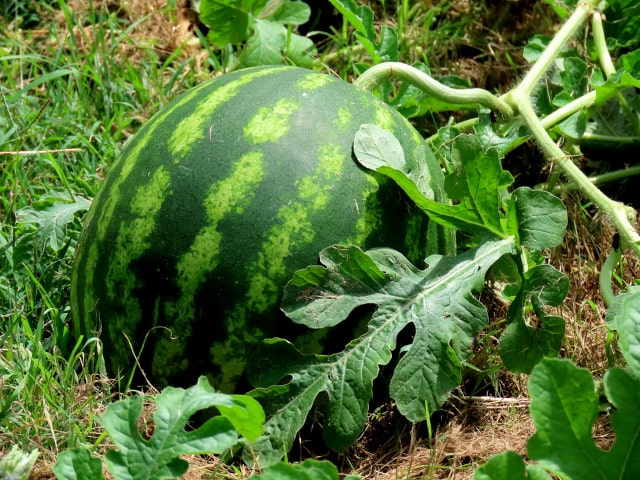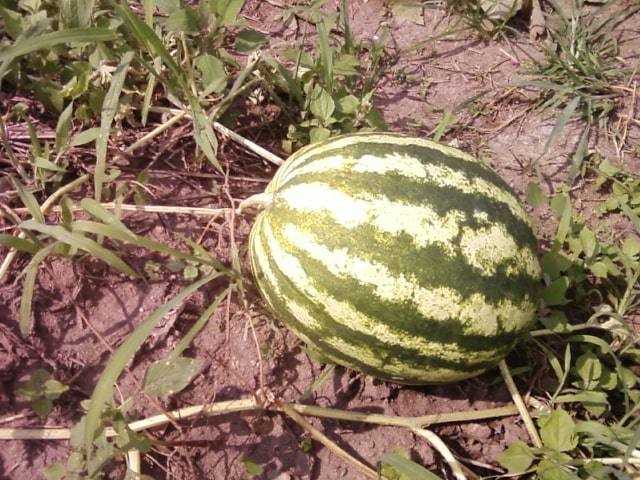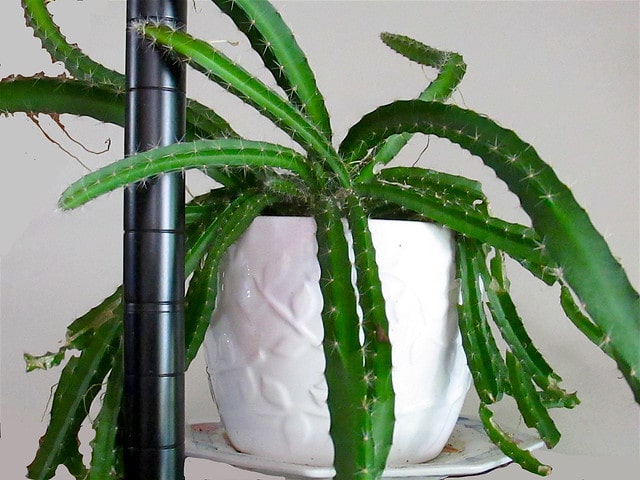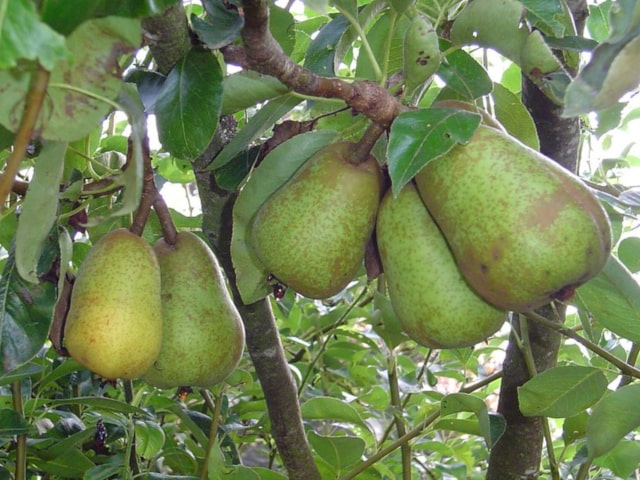
Watermelons are amazing plants that many people love to grow in their gardens. Tasty and refreshing, they are many people's favorites, particularly in the summer. Unfortunately, it is not easy to grow watermelons: it requires a lot of time and some effort to ensure bountiful harvest. Watermelons need a lot of water and fertilizer to grow properly and to give healthy fruit. They also require a lot of space.
Because of these requirements, gardeners who are short on space often opt for growing watermelons on trellises. This is an effective method that can save space and make watermelon growing easier. However, growing watermelons on a trellis come with its own requirements. First and foremost: if you choose to grow watermelons in this way, you will need to prune your plants regularly. You need to prune watermelon on a trellis to ensure a bountiful harvest and that your plants stay strong and healthy.
Prune Watermelon on a Trellis
If you grow your watermelons in a usual manner, pruning is option. However, you must prune watermelon if you grow it on a trellis. This is a must that should not be skipped. Without pruning, you are endangering your harvest and you are making your plants susceptible to diseases and pests.
The main reason to prune watermelon if you grow it on a trellis is to ensure that there is an equal number of vines and fruits. Not pruning properly, or not pruning at all, can result in a messy situation of too many vines and not enough fruits. With proper pruning, you ensure that the fruits can develop properly. Regular pruning will make each watermelon of a better quality and also larger than on a vine that is never pruned. Keep all this in mind when deciding to grow your watermelons on a trellis.
Another thing to keep in mind: watermelons are large, so the fruit will spend a lot more time on the vine than other plants in your gardens. Three months or more is standard, so you need to be patient. Since they require all this time and space for the trellis, make sure to position the trellis at a suitable spot in the garden.
Your watermelons should be in a spot that is safe from disease and pests. Watch out for aphids: they like to start on plants such as mustard greens or perennials like roses, before jumping to other plants. This is why it's important to keep your watermelon trellis away from roses, mustard greens and flowering perennials. This will lower the risk of pest infestation to your watermelons.
How to Prune Watermelon
Here are some quick tips on how to prune watermelon on a trellis. This is a simple and straightforward process, so you only need to keep a few things in mind to ensure success.
Before you start, make sure to examine your watermelon plants. They need to be well-established before you prune them, or else the process will not work. Always find the primary stem on each plant. You will recognize it by many lateral branches extending out on it on both sides. You want to keep the primary stem on each watermelon intact. You should never prune this one.
Also, make sure not to prune the top lateral branch extending off from each primary stem. That one is also important to keep. Once you have identified those, you can start pruning.
Prune watermelon lateral branches. Cut all of those between the top lateral branch and the eighth leaf node lateral branch rom the top. This will ensure an effective growth of the vine. By doing this, you are essentially training the watermelon vine to grow on the trellis. Do not prune lateral branches below the eighth leaf node.
After Pruning
After pruning, monitor your watermelon plants. Make sure to remove any branches or fruit that look diseased or unhealthy. Always dispose of those parts immediately to prevent the spread of the disease or pests.
The goal of regular pruning is to achieve an optimal balance between the vines and the fruits on your watermelon plants. This requires some practice, so don't feel disheartened if it takes a few tries to get right. Just make sure not to ever cut the primary stem and you cannot really go wrong with pruning: even if not perfect, you will not destroy your watermelon plants in the process.
With some practice, you will be able to grow watermelons on a trellis without much trouble. Just keep in mind to prune watermelon properly - trimming is a key to a success and the only way to ensure a bountiful harvest.
Photo credit: Christy Gallois




0 Comments